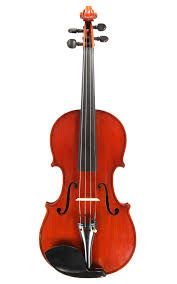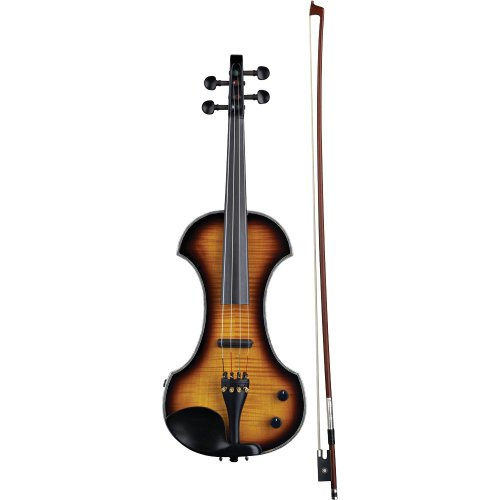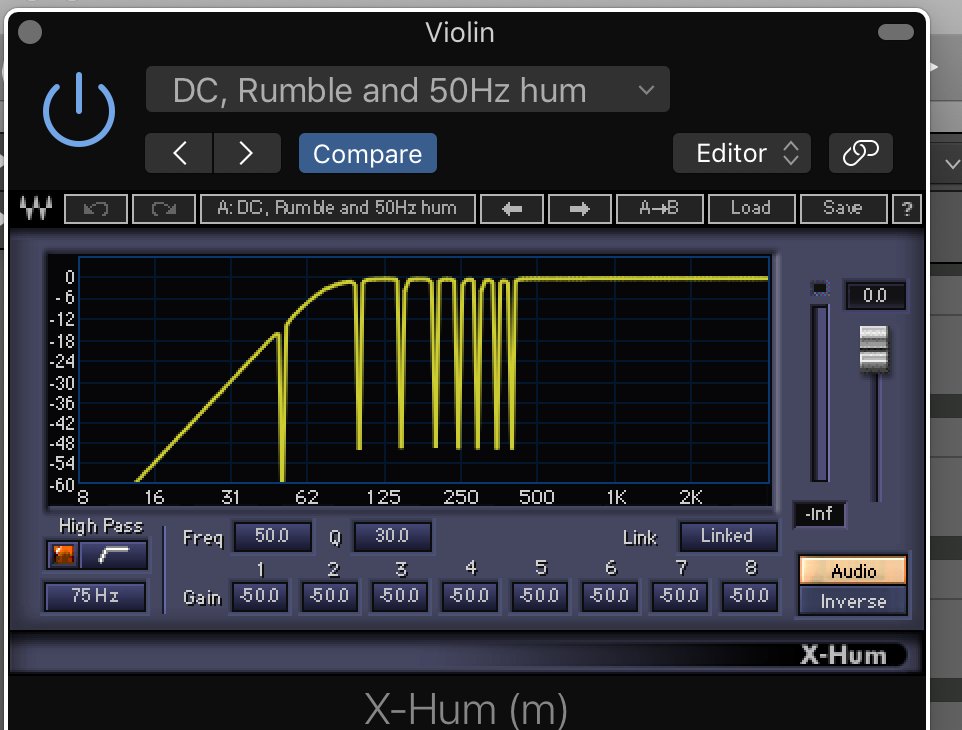Starting a daily creative project thread for the 21 day lockdown, along with a thread to document the creative process and links to learning resources #lockdownart
Day 1 - In the spirit of the times we live in, a dark and foreboding orchestral arrangement of Purandaradasa& #39;s Jagadhodhaarana https://soundcloud.com/krishashok/jagadhodhaarana">https://soundcloud.com/krishasho...
I& #39;ve always loved this song for its expansive, gaze-at-the-milky-way feel in terms of melodic phrasing and pacing that go perfectly with the lyrics …http://krithis-theirmeanings-thestories.blogspot.com/2011/02/jagadodharana-adisidale-yasode.html">https://krithis-theirmeanings-thestories.blogspot.com/2011/02/j...
So the idea was to try & set it to a western classical orchestral arrangement that complemented the feel of this song. A common challenge with western classical arrangements to Indian classical music is that some ragas are notoriously incompatible with standard harmonic movements
And Kaapi raga is particularly tricky because it has both the flat and sharp 3rd (Ga) in addition to flat and sharp 7th (Ni). Fortunately, this 500 year old song is written like a modern day pop song in the sense that you can set it to simple chords
And these videos were super helpful in understanding how to think like someone composing for a full orchestra
1. https://www.youtube.com/watch?v=e89Xtux6vmo
2.">https://www.youtube.com/watch... https://www.youtube.com/watch?v=XDROh7TssLE
3.">https://www.youtube.com/watch... https://www.youtube.com/watch?v=ETGhduIhGIE
4.https://www.youtube.com/watch... href="">https://www.youtube.com/watch...
1. https://www.youtube.com/watch?v=e89Xtux6vmo
2.">https://www.youtube.com/watch... https://www.youtube.com/watch?v=XDROh7TssLE
3.">https://www.youtube.com/watch... https://www.youtube.com/watch?v=ETGhduIhGIE
4.
Another choice I had to make was between an acoustic violin & an electric violin. While I tend to prefer the sound of an acoustic violin, the decision was made easy by the ambient noise from the son watching "My Neighbour Totoro" for the millionth time on the TV. Electric, it was
An acoustic violin has to be recorded via a microphone, which will unfortunately also pick up the sounds of Mei screaming in excitement while an electric violin plugs straight in and can be recorded amidst any cacophony.
Another decision to make was whether to keep the western classical tuning on the violin (G, D, A, E) or switch to Carnatic tuning (G, D, G, D), especially given that the Carnatic tuning makes it easier to play the bits where both Nis (flat & sharp) feature
But I stuck to the western classical tuning simply because, once you get used to it, you can play all forms of music while the Carnatic tuning can be limiting in terms of one& #39;s ability to play other styles
I am tempted to go into detail here, but honestly, it will only be of interest to violinists who play both Indian & western classical, so I& #39;ll leave it at that.
A slight detour into some engineering. Electrical systems in most homes are super noisy from a sound engineering standpoint. https://en.wikipedia.org/wiki/Mains_hum ">https://en.wikipedia.org/wiki/Main... trying to record electric instruments in a home setting is always tricky because of this.
But then we have the magic of software that can digitally remove hum and other electrical noises with just a couple of clicks. For the science-minded, that& #39;s a filter that is cutting 50 Hz, 100 Hz and every harmonic above that in your input
If you were doing this in the US, you& #39;d cut 60 Hz, 120 Hz and so on. For the absolute layman, what& #39;s happening is that we are locating every musical note in a standard piano keyboard that the hum is making and surgically removing it from our overall sound
And if this was professionally produced, a studio generally has high quality sound interfaces & wiring to reduce electrical noise, and a mixing/mastering engineer whose only job is take raw recordings and produce a polished final product. My focus is on recording it quick & dirty
In closing, "aNOraNIyana mahatO mahImana apramEyana ADisidaLa yashOde" -Smaller than an atom, yet immeasurable, & Yashoda played with him. I hope we get past the aNOraNIyana that has us all under lockdown worldwide, & a researcher named Yashoda finds a vaccine soon! Good night.
PS: if you are a student violinist, learning Indian classical music, go to YouTube and parallelly teach yourself to play standing up while holding the violin between your shoulder and chin. You (and your wrist and your back) will thank me many years from now.

 Read on Twitter
Read on Twitter




